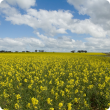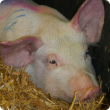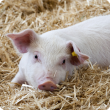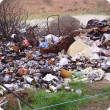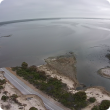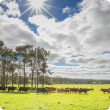Filter by regions:
- (-) Remove Great Southern filter Great Southern
- (-) Remove Mid West filter Mid West
- South West (318) Apply South West filter
- Wheatbelt (295) Apply Wheatbelt filter
- Peel (288) Apply Peel filter
- Goldfields-Esperance (271) Apply Goldfields-Esperance filter
- Perth regions (256) Apply Perth regions filter
- Gascoyne (207) Apply Gascoyne filter
- Kimberley (172) Apply Kimberley filter
- Pilbara (171) Apply Pilbara filter

